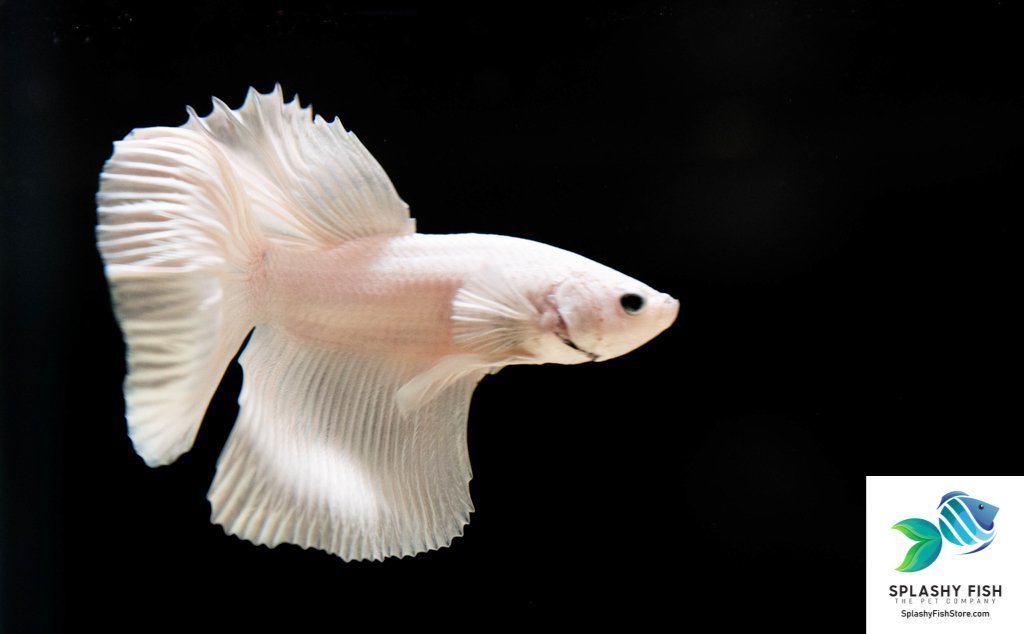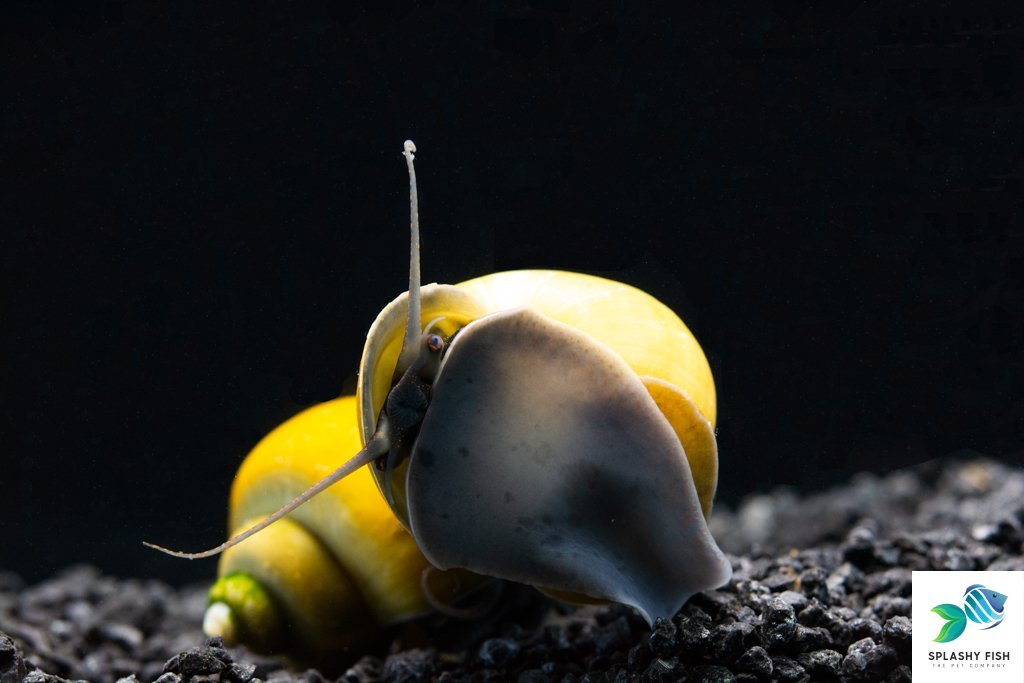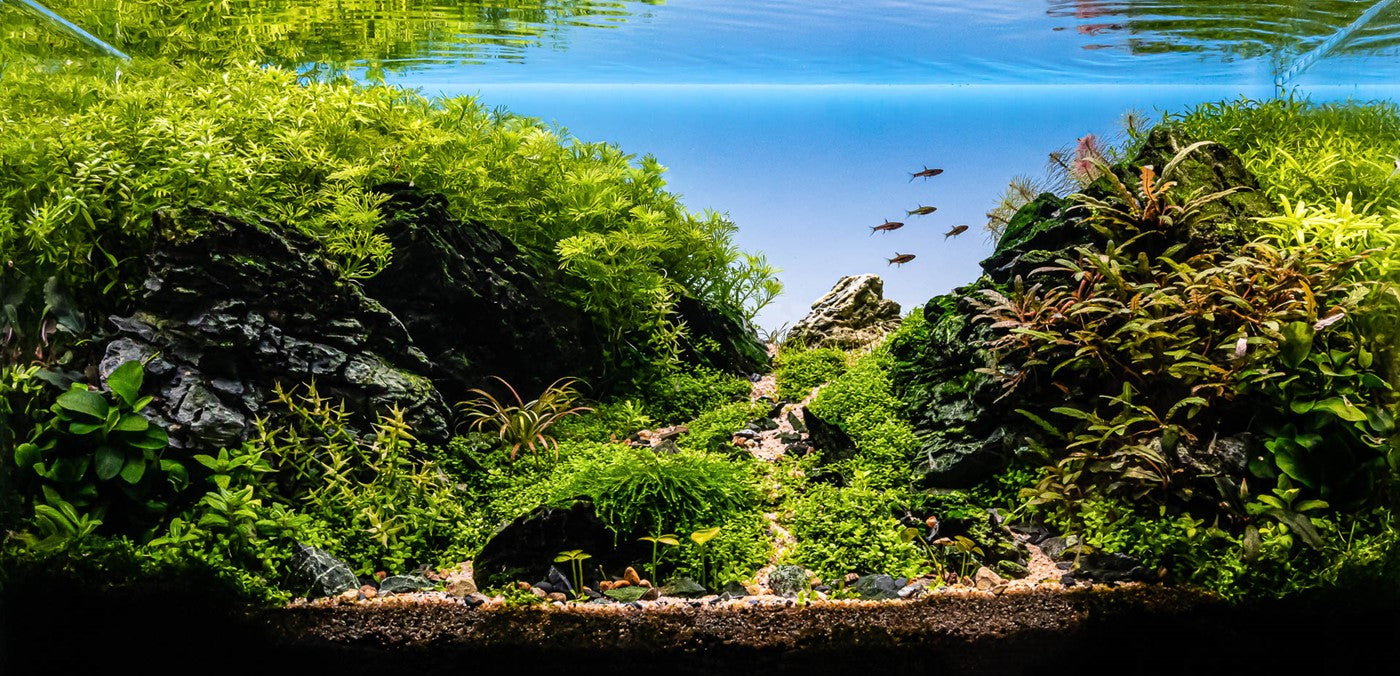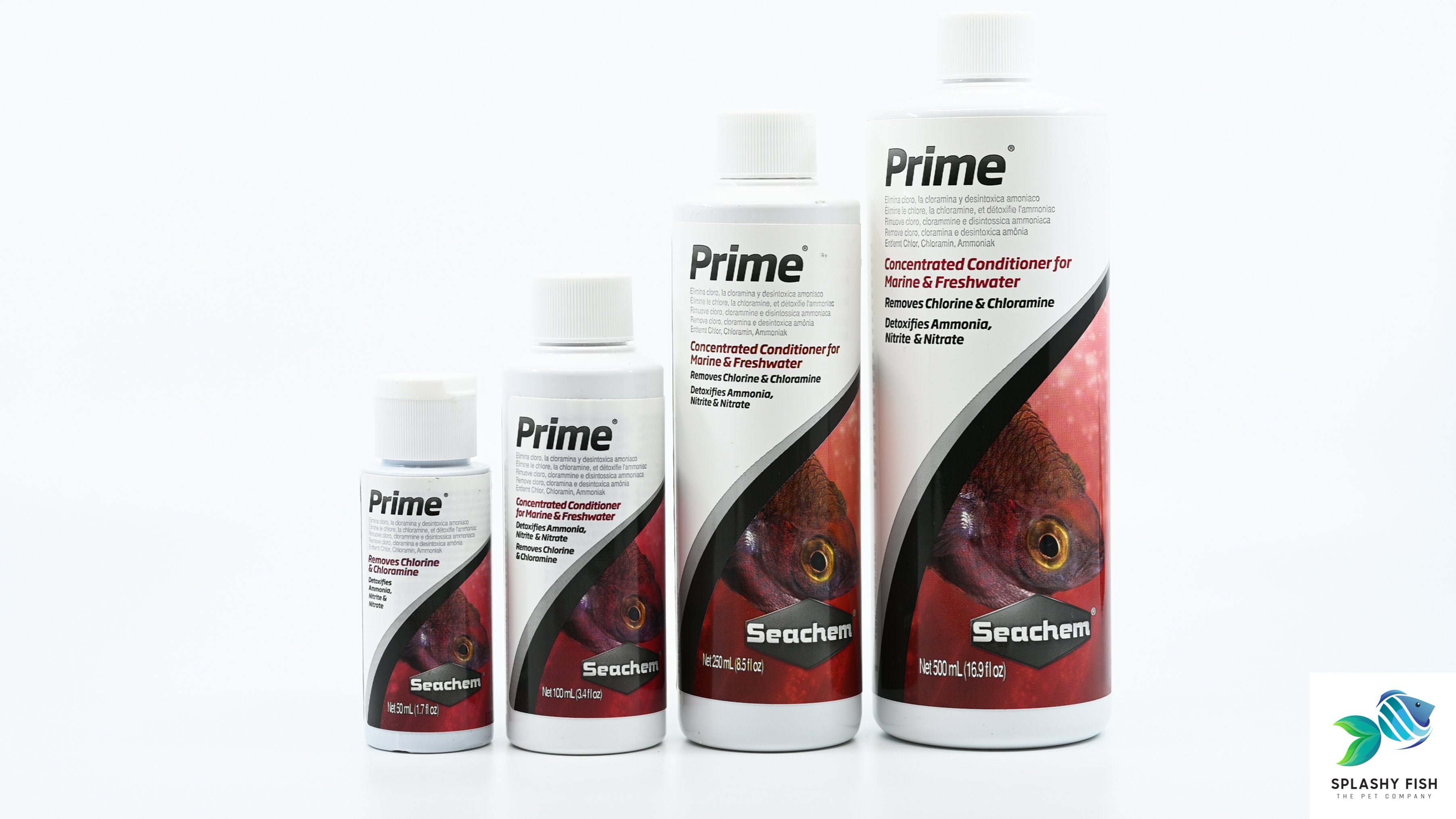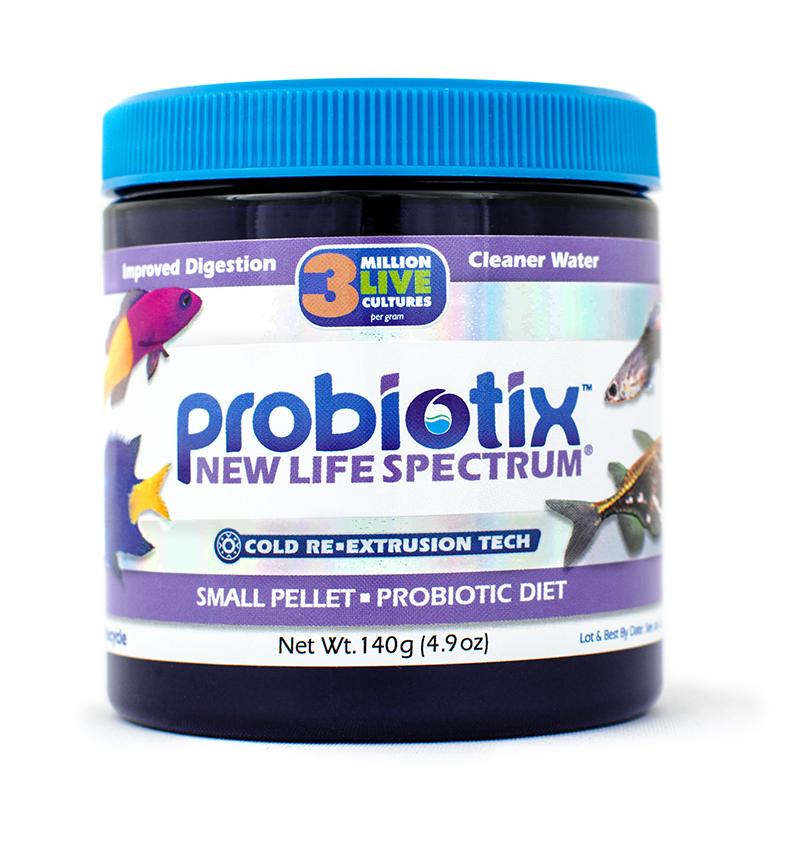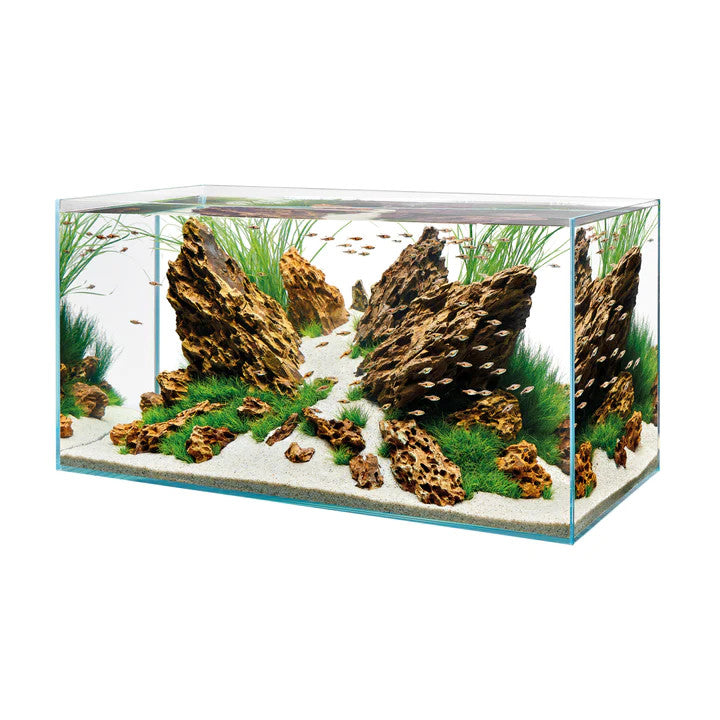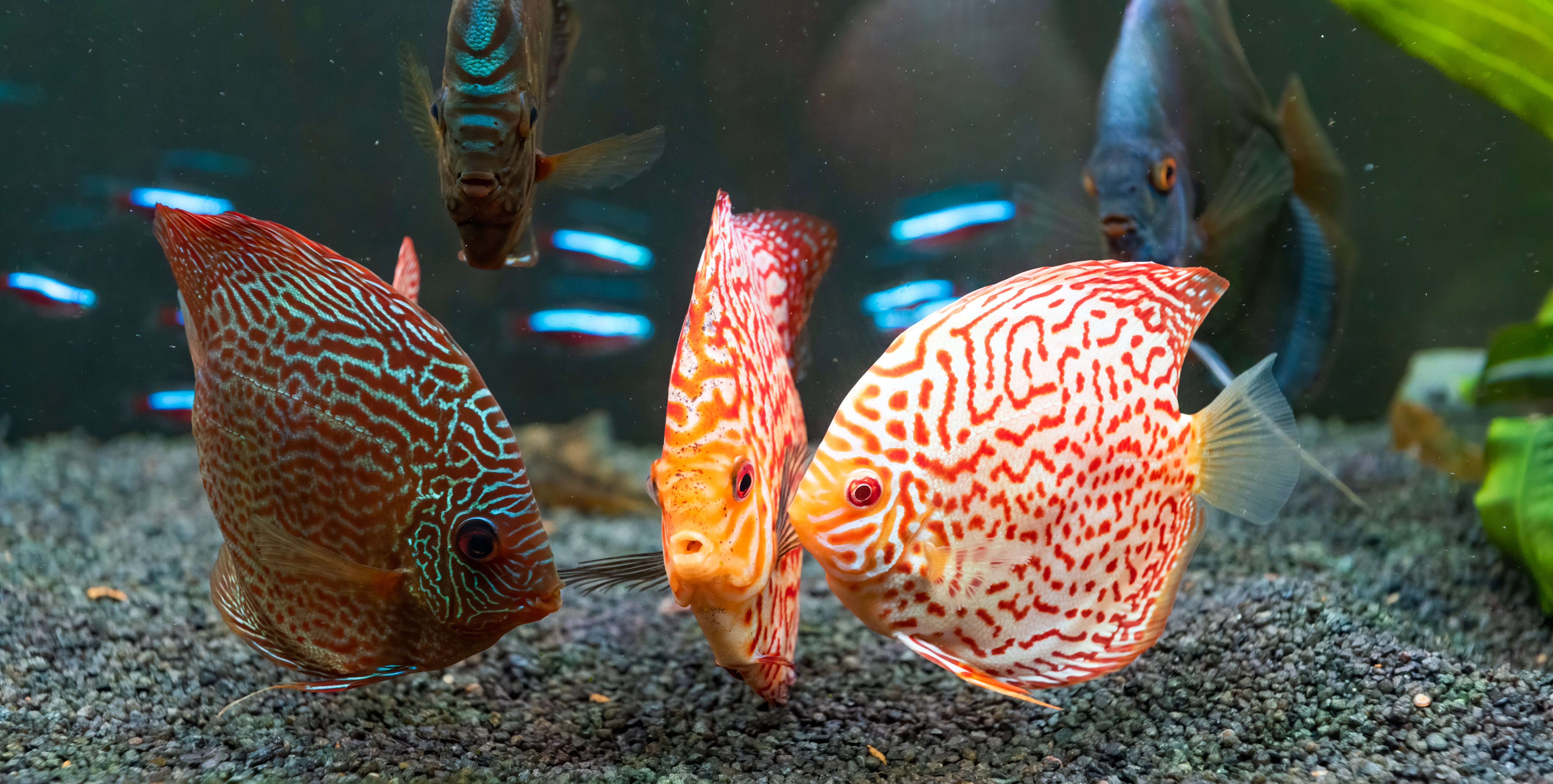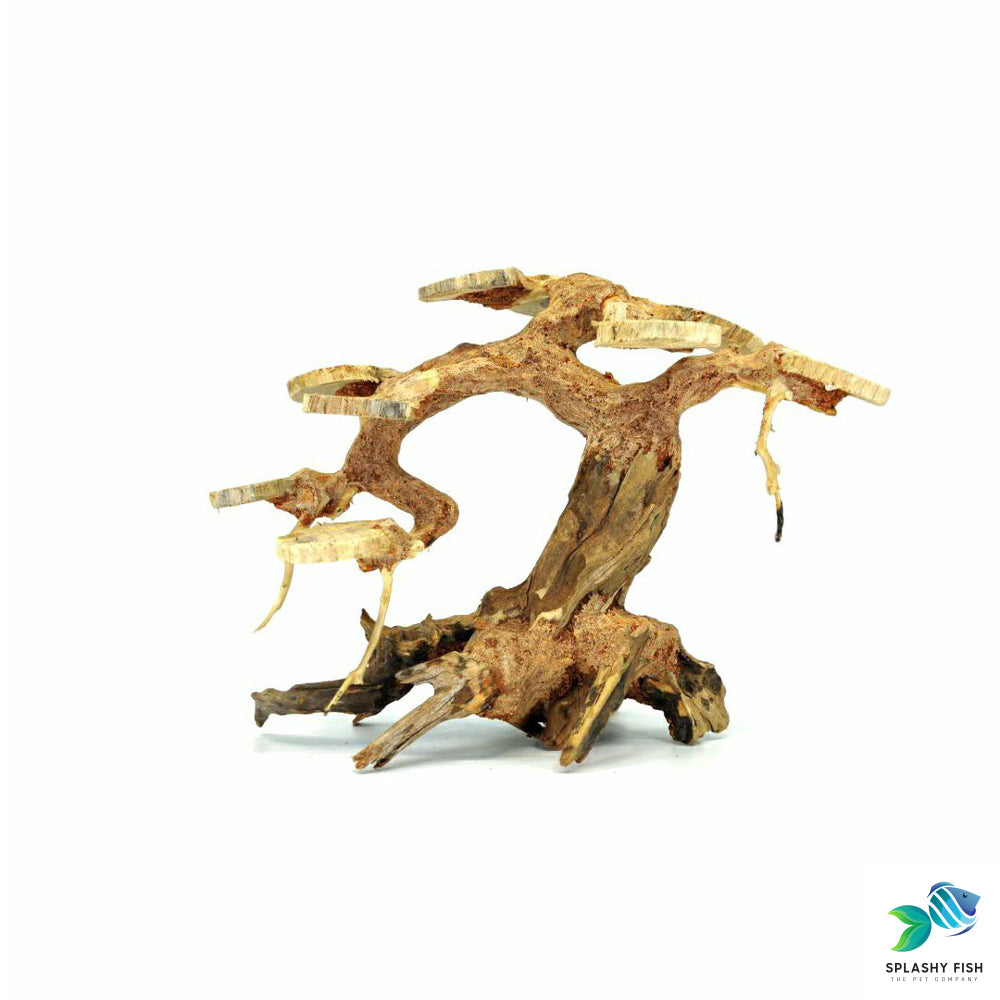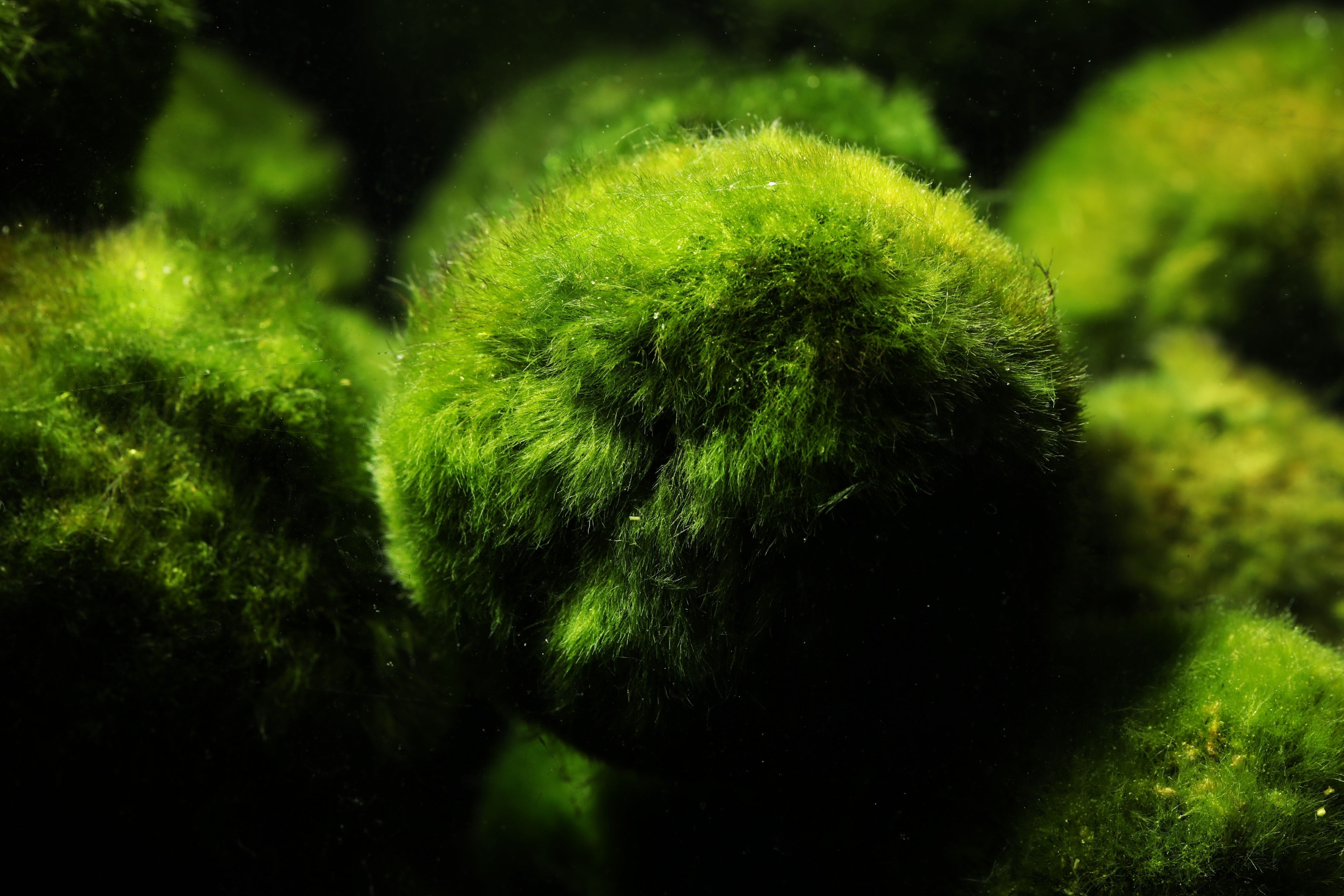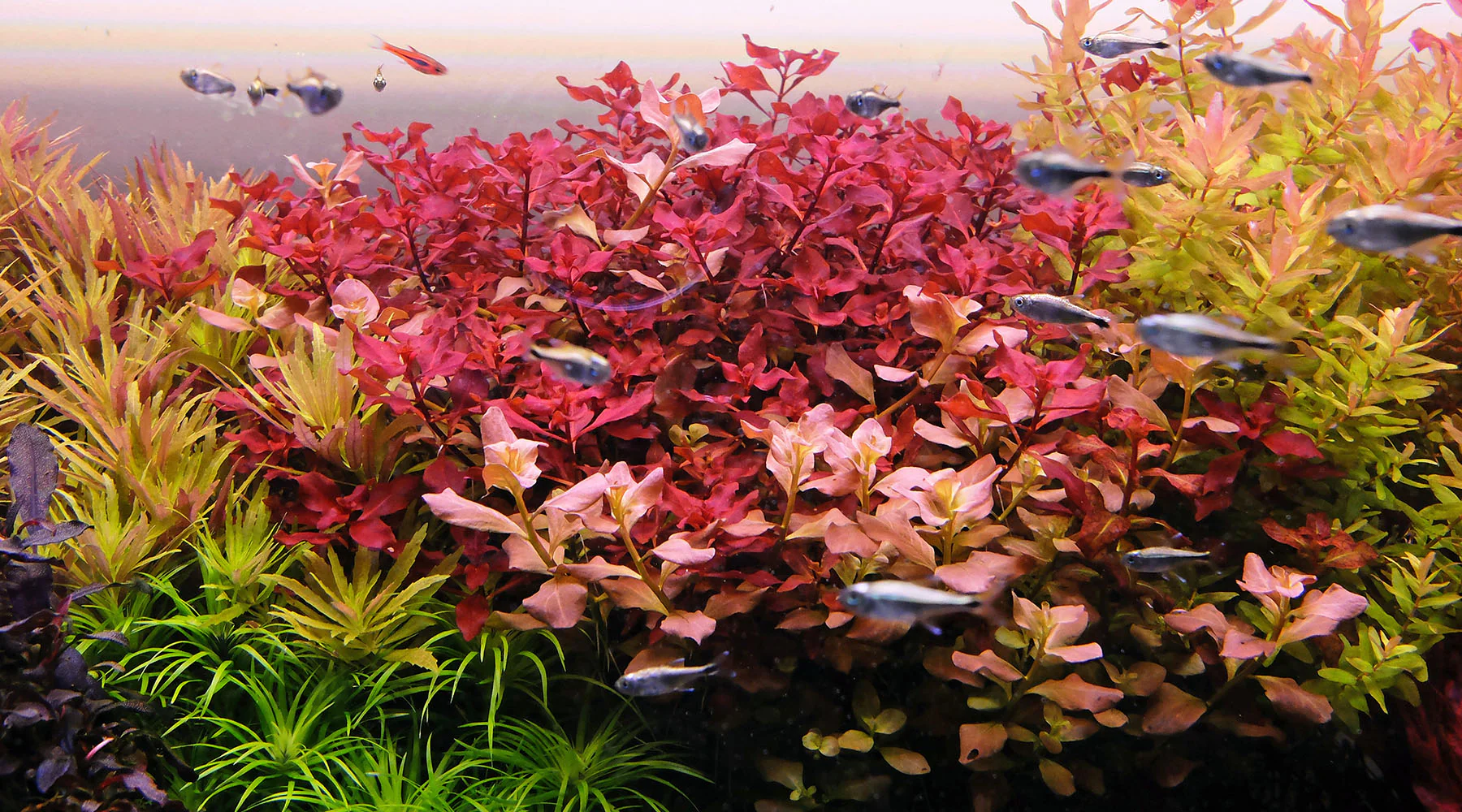In this comprehensive guide, we will explore the fascinating world of Rotala Rotundifolia tissue culture – the ultimate solution for growing, planting, and propagating this stunning aquatic plant like a true professional. Rotala Rotundifolia, also known as the 'Dwarf Rotala', is a beautiful and delicate plant that adds vibrant colors and lushness to any aquarium. With tissue culture, you can now enjoy the benefits of this plant without the hassle of dealing with pests, diseases, or other unwanted hitchhikers. Throughout this guide, we will delve into the step-by-step process of growing Rotala Rotundifolia through tissue culture. From selecting the healthiest plant tissue to creating the perfect growing conditions, we'll provide expert tips and tricks to ensure your success. Not only that, but we will also explore the different methods of planting and propagating this aquatic gem, so you can expand your collection and share its beauty with others. Get ready to dive into the world of Rotala Rotundifolia tissue culture and unlock the secrets to growing, planting, and propagating like a pro!
Benefits of Using Tissue Culture for Rotala Rotundifolia
Tissue culture is revolutionizing the way aquarium enthusiasts grow aquatic plants. There are multiple tissue culture brands on the market such as Tropica. Here are some key benefits:
Pest-Free Plants
Tissue culture eliminates the risk of introducing pests, algae, or diseases into your aquarium tank. Each plantlet is cultivated in a sterile environment, ensuring a healthy start.
Compact Growth
Plants grown from tissue culture often display more uniform and compact growth, ideal for aquascaping designs such as Dutch or Iwagumi layouts.
High Success Rate
With proper care, tissue-cultured Rotala Rotundifolia adapts well to submerged environments, making it a reliable choice for any aquarist.
Convenient Availability
Tissue culture cups are widely available online and in specialty stores. They come in a ready-to-plant format, making them accessible even for beginners.
Enhanced Aesthetics for Your Aquarium
One of the most notable benefits of tissue culture is the plant's aesthetic appeal. Vibrant reds, greens, and yellows make Rotala Rotundifolia a centerpiece in aquascaping projects. Healthy tissue-cultured plants enhance the overall appearance of your aquarium and complement other species beautifully.
Tissue culture ensures you get the healthiest start for your aquarium plants, saving you time and effort in the long run.

Types of Rotala Rotundifolia
Rotala Rotundifolia is a versatile aquatic plant with several captivating varieties. Each type offers unique characteristics, making it an excellent choice for different aquascaping needs. Here are some popular types:
Rotala Rotundifolia 'Green'
Rotala Rotundifolia Green is a classic variety that features vibrant green leaves. It grows densely in low to moderate lighting conditions, making it an excellent choice for aquascapes that aim to achieve a natural and serene appearance. This variety is particularly hardy and adapts well to a range of water parameters, making it a favorite among beginners and experienced aquarists alike. Its bright green foliage creates a refreshing backdrop that complements more colorful aquatic plants. It’s perfect for creating a lush, natural look in low-tech aquariums.
Rotala Rotundifolia 'Red'
This striking variety is celebrated for its vibrant red hues, which become more pronounced under high lighting and CO2 injection. Rotala Rotundifolia Red is a showstopper in any aquarium and often serves as a focal point in aquascaping designs. Its intense coloration contrasts beautifully with green plants and darker substrates, adding depth and dynamism to the aquascape. However, maintaining its vivid red shade requires consistent care and nutrient supplementation. It is often used as a focal point in aquascapes to add striking color contrast.
Rotala Rotundifolia 'Hra'
Known for its slender, needle-like leaves, Rotala Rotundifolia Hra offers a unique texture that sets it apart from other varieties. This type develops an intense red coloration under optimal conditions, making it a prized choice for high-tech aquarium setups. Its finer leaves create a delicate appearance, which works well in minimalist aquascapes or as a transitional plant between larger species. It’s ideal for high-tech setups with ample lighting.
Rotala Rotundifolia 'Variegated'
Rotala Rotundifolia 'Variegated' stands out with its unique leaf patterns that feature a mix of green and red shades. This variety adds visual complexity and texture to aquascaping designs. It requires moderate lighting to maintain its variegation and thrives in nutrient-rich substrates. Its intricate patterns make it a conversation starter and a favorite among aquascaping enthusiasts seeking something distinctive. It adds visual interest and texture to aquascaping designs.
Understanding The Growth Requirements of Rotala Rotundifolia
Lighting Needs
Rotala Rotundifolia aquarium plant thrives in medium to high lighting conditions. Strong light intensifies its signature red hues, making it a standout plant in aquascapes. Low aquarium lighting can result in a more greenish appearance and slower growth.
-
Optimal Light Spectrum: Use full-spectrum LED lights that support photosynthesis and enhance the plant's colors.
-
Duration: Aim for 8-10 hours of consistent lighting per day. Over-lighting may lead to algae growth, so balance is crucial.
CO2 Injection
While not mandatory, CO2 injection significantly boosts the growth rate and enhances the plant's coloration. In high-tech aquariums, CO2 can help achieve vibrant reds and lush density.
-
Low-Tech Setup: Rotala Rotundifolia tissue culture can survive without CO2 but may grow slower and display less intense colors.
-
High-Tech Setup: Combine CO2 injection with adequate lighting for optimal results.
Water Parameters
Rotala Rotundifolia tissue culture plant adapts to a wide range of water parameters, but ideal conditions include:
-
Temperature: 72-82°F (22-28°C)
-
pH: Slightly acidic to neutral (6.0-7.5)
-
Hardness: Soft to moderately hard water (2-12 dGH)
-
Flow: Moderate water flow helps distribute nutrients and CO2 effectively.
Nutrient Requirements
-
Macronutrients: Ensure adequate levels of nitrogen (N), phosphorus (P), and potassium (K) to support robust growth.
-
Micronutrients: Trace elements like iron and magnesium contribute to vibrant coloration and healthy leaves.
Maintaining stable water conditions is essential for preventing stress and promoting healthy growth.
Step-by-step Guide to Growing Rotala Rotundifolia with Tissue Culture
Preparing Your Aquarium
-
Choose the Right Substrate: Use a nutrient-rich aquarium substrate like aqua soil, which provides essential nutrients for root development.
-
Cycle Your Tank: Ensure the aquarium is fully cycled and free from ammonia or nitrites to create a safe environment for plant growth.
-
Set Up Lighting and CO2: Install appropriate lighting and consider CO2 injection if you aim for vibrant coloration.
Handling the Tissue Culture Cup
-
Open the Cup: Remove the lid carefully to avoid damaging the plantlets.
-
Rinse Thoroughly: Rinse the plantlets under running water to remove the gel medium. This step is crucial to prevent contamination in your tank.
-
Separate Plantlets: Use clean scissors or tweezers to divide the plantlets into small clusters of 2-3 stems each.
Planting Techniques
-
Positioning: Plan your aquascape layout and decide where to place the Rotala Rotundifolia. It works well as a background or midground plant.
-
Planting: Use aquascaping tweezers to insert the plantlets into the substrate. Space them evenly to allow for proper growth.
-
Initial Care: Provide ample lighting and nutrients during the first few weeks to help the plant adapt and establish roots.
Growing Rotala Rotundifolia from tissue culture is straightforward when these steps are followed carefully.

How to Plant Rotala Rotundifolia Tissue Culture in Your Aquarium
Tools You’ll Need
-
Aquascaping tweezers
-
Sharp scissors
-
A nutrient-rich substrate (e.g., ADA Amazonia)
-
Liquid fertilizers and root tabs
Step-by-Step Planting Process
-
Identify Ideal Locations:
Place Rotala Rotundifolia aquatic plant in areas with medium to high lighting for optimal growth.
-
Plant Each Cluster:
Anchor plant clusters into the substrate, ensuring roots are securely covered.
-
Spacing Considerations:
Space plantlets 1-2 inches apart to promote even growth and prevent overcrowding.
Proper planting ensures the plant establishes roots quickly and adapts to its environment.
Tips for Maintaining and Caring for Rotala Rotundifolia Tissue Culture
Caring for Rotala Rotundifolia requires regular maintenance and attention to detail:
-
Regular Trimming: Use sharp scissors to trim stems every 2-4 weeks. Trimming encourages bushier growth and prevents the plant from overshadowing others.
-
Nutrient Supplementation: Provide liquid fertilizers containing macronutrients (NPK) and micronutrients like iron to maintain vibrant coloration.
-
Algae Prevention: Monitor lighting duration and nutrient levels to prevent algae outbreaks. Consider adding algae-eating species like Amano shrimp or Otocinclus catfish.
-
Water Quality: Perform weekly water changes of 25-50% to maintain pristine water conditions and reduce organic buildup.
Advanced care practices ensure Rotala Rotundifolia thrives in your aquarium.
Propagating Rotala Rotundifolia Tissue Culture
Methods of Propagation
Propagation is a rewarding process that allows you to expand your plant collection:
-
Stem Cuttings:
-
Cut the top portions of healthy stems, leaving at least 3-4 nodes.
-
Replant the cuttings into the substrate, ensuring the cut end is buried.
-
Side Shoots:
-
Allow lateral shoots to grow from the main stem. Once they’re mature, detach and replant them in a different location.
Best Practices
-
Use sterilized tools to avoid introducing infections.
-
Propagate during periods of active growth for the best success rate.
-
Monitor newly planted cuttings for adaptation issues.
Common Issues and Troubleshooting Tips for Rotala Rotundifolia Tissue Culture
Melting Leaves
-
Cause: Stress from transition or unstable water parameters.
-
Solution: Stabilize lighting, CO2, and nutrients. Remove affected leaves promptly.
Slow Growth
-
Cause: Nutrient deficiencies or low light intensity.
-
Solution: Test water parameters and adjust fertilizer dosing.
Pale Coloration
-
Cause: Insufficient iron or light.
-
Solution: Increase lighting intensity and add iron-rich fertilizers.
Proactive care prevents minor issues from becoming major problems.
Conclusion
Rotala Rotundifolia tissue culture offers an exciting opportunity to grow this vibrant and versatile plant in your aquarium. By following this guide, you’ll enjoy lush, colorful growth while avoiding common pitfalls. Whether you’re a seasoned aquarist or a beginner, Rotala Rotundifolia is sure to enhance the beauty of your aquascape. With proper care and dedication, your aquarium will thrive with the stunning addition of Rotala Rotundifolia. If you are considering where to buy Rotala Rotundifolia, visit our Splashy Fish tropical fish store. Not only Rotala Rotundifolia for sale, we also offer other live aquatic plants for sale, freshwater fish for sale, freshwater shrimp for sale, and aquarium supply. You can buy all of these aquarium products online or at aquarium store in Virginia by following the map below.
Rotala Rotundifolia Tissue Culture Frequently Asked Questions
Why are my Rotala Rotundifolia leaves turning yellow?
Yellowing leaves often indicate nutrient deficiencies, particularly in nitrogen or iron. Address these deficiencies by adjusting your fertilizer regimen.
How often should I trim Rotala Rotundifolia?
Trim the plant every 2-4 weeks to maintain its shape and encourage bushy growth. Regular trimming prevents the plant from overshadowing others and promotes healthier foliage.
Is Rotala Rotundifolia suitable for beginners?
Yes, it’s a versatile plant that can adapt to various tank setups, making it beginner-friendly with proper care. Tissue culture plants are especially ideal for beginners due to their pest-free nature.


